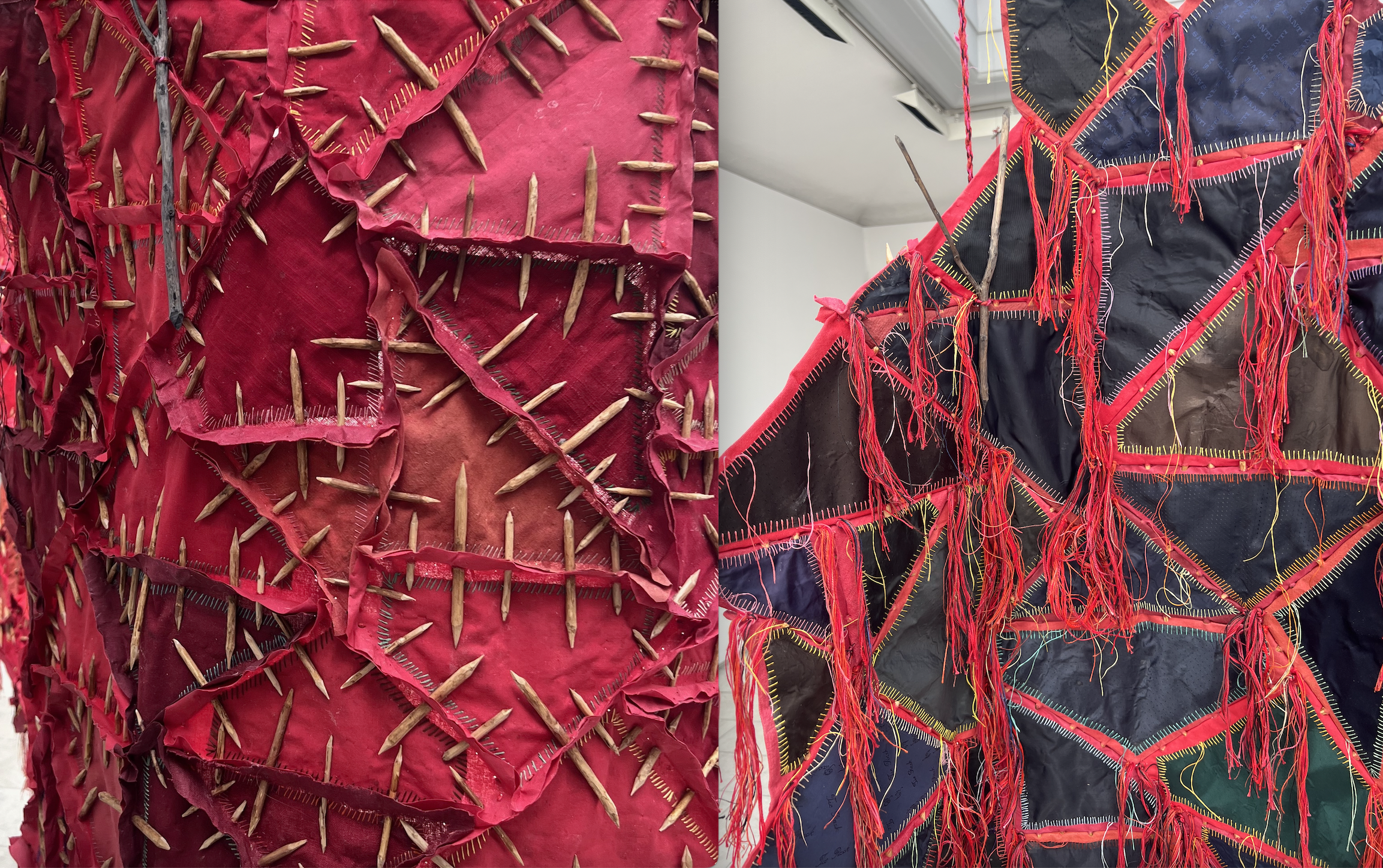Ngozi Schommers, Akwete X Catalogue II, hair, fibre, wool, fiberglass, strings, hooks, (dimensions variable), 2019-2021. Photo credit: Fred Dott. Courtesy of the artist.
Anna Von Mertens, Marilyn Monroe's Aura (II.31), After Warhol (detail), hand-dyed, hand-stitched cotton, 2009. Courtesy of the artist and R & Company, New York, NY.
Photo: Don Tuttle.
4-8.12.2023
Curated by Caroline Kipp, The Unseen Self features contemporary textile artworks about identity and “self,” which extend beyond traditional portraits. Through unexpected, layered, and mercurial representations, these artists and artworks question the authenticity of a definable, stable personhood while expanding upon what can be considered a “portrait” in the formal sense.
Traditional Portraiture is a well-established area of artistic production in the fine and applied arts. Yet, however lifelike formal portraits may be, these images are still an artist’s creation of an identity. Made to be viewed by an audience, portraits can reveal varying and conflicting realities about the sitter and the artist, including personal, political, social, and economic motivations. Portraiture has become an even more complicated negotiation of imagery and identity in the twenty-first century. Living during an age when images of self and others are ample, how do we choose to negotiate and express individuality?
Nominated by Caroline Kipp:
‘Marilyn Monroe's Aura (II.31), After Warhol’ is a subversive reinterpretation of American Pop artist Andy Warhol’s iconic portrait of Marilyn Monroe. Realizing that artworks often become well-known because of the fame surrounding the artist or subject, Anna Von Mertens created a series of abstract hand-dyed textile portraits that personalize their subjects through emotional, color-coded auras, challenging traditional portraiture’s idea of a single fixed identity.
Nominated by Bukola Oyebode:
Akwete X Catalogue II comes from a series of installations examining hair as part of identity. This individual work explores the idea through the uncommon nicknames of two friends (the artist’s mother and her friend). Inspired by African hair threading technique, Ngozi Schommers transforms their physical bodies into an abstract sculpture of colorful cords made with synthetic hair, wool and fibre. The resulting larger-than-life installation portrays these women as monumental figures occupying spaces and questions our fixed notions of identity, modes of (re)presenting the self and how we are perceived.
challenging fixed representations of identity
In “The Unseen Self”, artists access memory, dreams and fantasy, desires, mythic personas, and relationships to understand and illustrate identity. Using textiles and time-consuming methods, their “portraits” grow through deliberate acts of care that echo the intimate process of developing a sense of self or getting to know another person deeply. These artworks reveal that notions of individuality, identity, and “self” cannot be confined to one moment, method, or meaning.
Nominated by Lottozero:
Fragmentation in Bea Bonafini's works corresponds to the way we perceive reality, intertwined with the nonlinear paths of the unconscious and memory.
In ‘Watch Me As I Fall’ we struggle to recognize a figure in chunky boots descending the stairs and looking at herself in the mirror: painted, decomposed and finally reassembled in an inlay work of soft carpet surfaces, this upside-down, syncopated and fragmented portrait captures the viewer in a close and tactile experience. The epicenter of the work thus shifts toward the observer, psychologically and physically engaged in a play of gazes which tend to dissolve the portraiture genre, questioning the tangibility and intimacy of an artwork.
Nominated by CHAT (Centre for Heritage, Arts and Textile):
This costume was designed for the White Snake, the main character in Enoch Cheng’s video ‘Just Like Snakes’. The White Snake is a formidable spirit in Chinese folklore who transformed into a human and married the man she loved. However, a monk exposed her real identity, and her husband died of shock. In the end, she was locked up in a pagoda, with her magical power sealed. Cheng interprets this sealed power as women’s suppressed power. In his video, the White Snake wears this costume when she is liberated from prison and regains her power.
Bea Bonafini, Watch Me As I Fall, pastel on mixed carpet inlay, 280 x 140 cm, 2019. Courtesy the artist, Bosse and Baum. Photo: Damian Griffiths.
Enoch Cheng, Costume for audio-visual installation Just Like Snakes, 2023.
Enoch Cheng, Installation shot of With the Sun, She Quells the Night – A Tribute to Rebecca Pan, CHAT, Hong Kong.
Hou I-Ting, Complexing Body‐Woman holding white mink at Fruit Stand, embroidery on photo, 136x203 cm, 2011.
Aslaug Magdalena Juliussen, Várddus – Vy – View, installation consisting of eight pieces made of textile and wood. Courtesy the artist. Photo: Thomas Tveter, Kunstnerfornudet.
Célio Braga, Memory Unsettled, 2016. Machine and hand embroidery. Made in TextielMuseum’s TextielLab. Photo: Josefina Eikenaar.
Célio Braga, Memory Unsettled, 2016. Machine and hand embroidery. Made in TextielMuseum’s TextielLab. Photo: Josefina Eikenaar.
Eli Eines, A Hole in the Heart, embroidery; linen, cotton; each textile: 102x83 cm, 2020. Photo: CMWŁ.
textile portraits
These artists reveal that who we are cannot be limited to one depiction, moment, or meaning. We are also the unseen: our memories, dreams and fantasies, desires, relationships, and so much more.
Nominated by Zoe Yeh:
Hou I-Ting lives and works in Taipei. Many of her works blend photography with embroidery to provide layers of texture onto a flat image. In ‘Complexing Body‐Woman holding white mink at Fruit Stand’, she photographed herself at a traditional fruit stand in Taiwan, integrating symbols from Leonardo Da Vinci's ‘Lady with an Ermine’. The unrefined atmosphere of the market contrasts with the sophistication of Renaissance painting, revealing contradictions among cultures, classes, and ideologies. This work investigates diversity and coexistence in the visual context of body and cultural symbols, it also examines the way to locate oneself under globalized circumstances.
Nominated by Hilde Skancke Pedersen:
For the Sami-Norwegian artist Aslaug Magdalena Juliussen, materiality and time-consuming techniques are important aspects of her work, where slow and meticulous craft is a tribute to nature, materials and traditions.
In her installation ‘Várddus – Vy – View III’, Juliussen creates an outer skeleton consisting of thousands of meticulously crafted wooden sticks, while a flossy, soft interior forms the shelter-like shapes hanging separately from the ceiling. The artist exposes the fragility of her own body, expressing the vulnerability of her unseen self in these powerful shapes, strong in form and colour.
Nominated by Textiel Museum:
In ‘Memory Unsettled’, Célio Braga explores the fragile beauty of human life, illness, and desire. To make this installation, Braga used materials which carry small pieces of himself and his loved ones. Human skin cells and memories remain on the fragmented layers of bedsheets, tablecloths, soap bars, hair, medicine bottles, and clothing used to make the installation.
By embroidering sexual, religious, and natural imagery onto these relics, Braga plays with the tensions between good and bad, sacred and profane, dangerous and beautiful. Embroidered flowers, crosses, human organs, and anal plugs form layers of iconography in the work. ‘Memory Unsettled’ is a portrait of the artist’s experiences of grief, sexuality, happiness and love.
Nominated by Central Museum of Textiles:
The work is a metaphorical recreation of a portrait of a long-dead person. Eli Eines evokes the figure of a father she doesn’t remember because he passed away when she was only a year old. As a nineteen-year-old man with a heart disease, he hand wrote a poem describing his feelings at that time. He poetically conveyed the fragility of human life, the body's transience and the soul’s immortality. Recalling the memory of the father, the artist avows that the hole in his heart became a hole in herself. By transferring father’s words onto the textile, Eines followed his hand motions, trying to get closer to the man she wished she had known. She examined the way that the ink had been placed on the paper to find information about the relationship they could never have.
THE CURATOR
The first exhibition of 2023/2024 is curated by Caroline Kipp, an artist, curator, and art historian based in Washington, DC, (USA), where she worked as Curator of Contemporary Art at The GW Textile Museum, from 2019-2023. Her curatorial interests span the breadth of contemporary artistic practice, with special attention to American art, materiality and sensory perception.
Her curatorial interests span the breadth of contemporary artistic practice, with special attention to American art, materiality and sensory perception, and work made by women artists. Kipp is a Ph.D. student in Art History at the University of Maryland, College Park, and from 2019-2023 was the Curator of Contemporary Art at The GW Textile Museum in Washington, DC. She serves on the boards of the Textile Society of America and the James Renwick Alliance for Craft.
Caroline Kipp. Photo: Eric Lee.
Textile Culture Net is co-funded by the European Union. Grant Agreement n°101099994

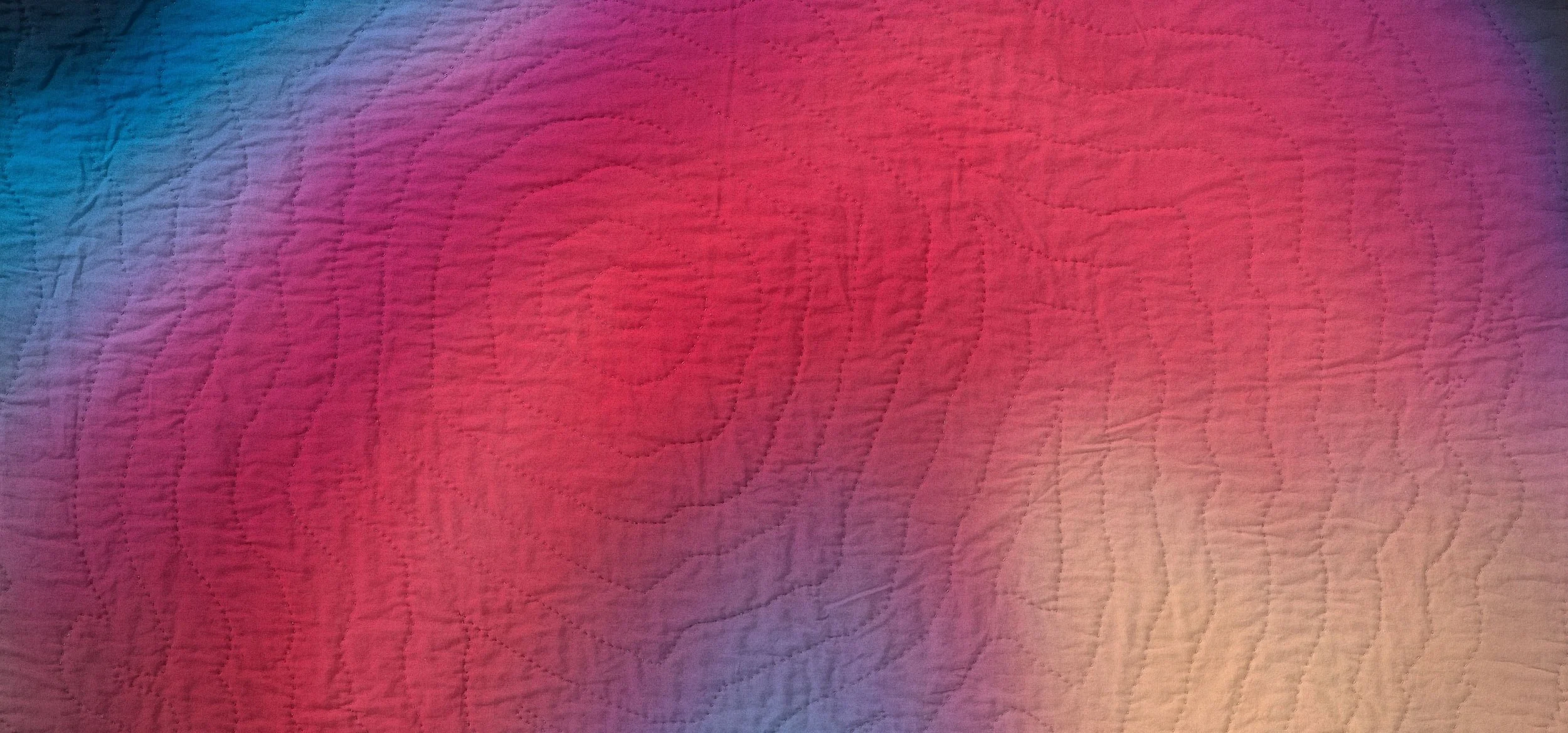



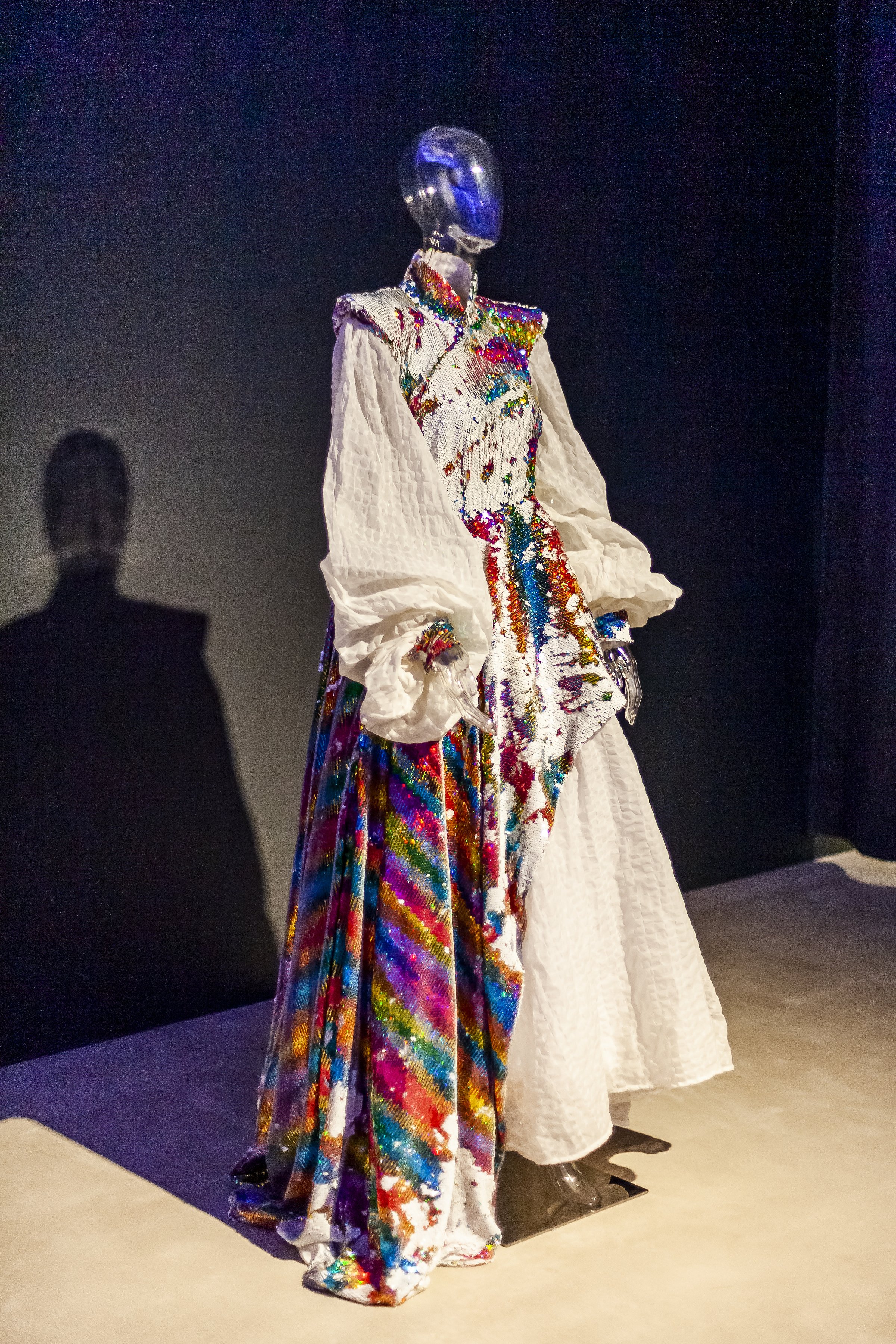








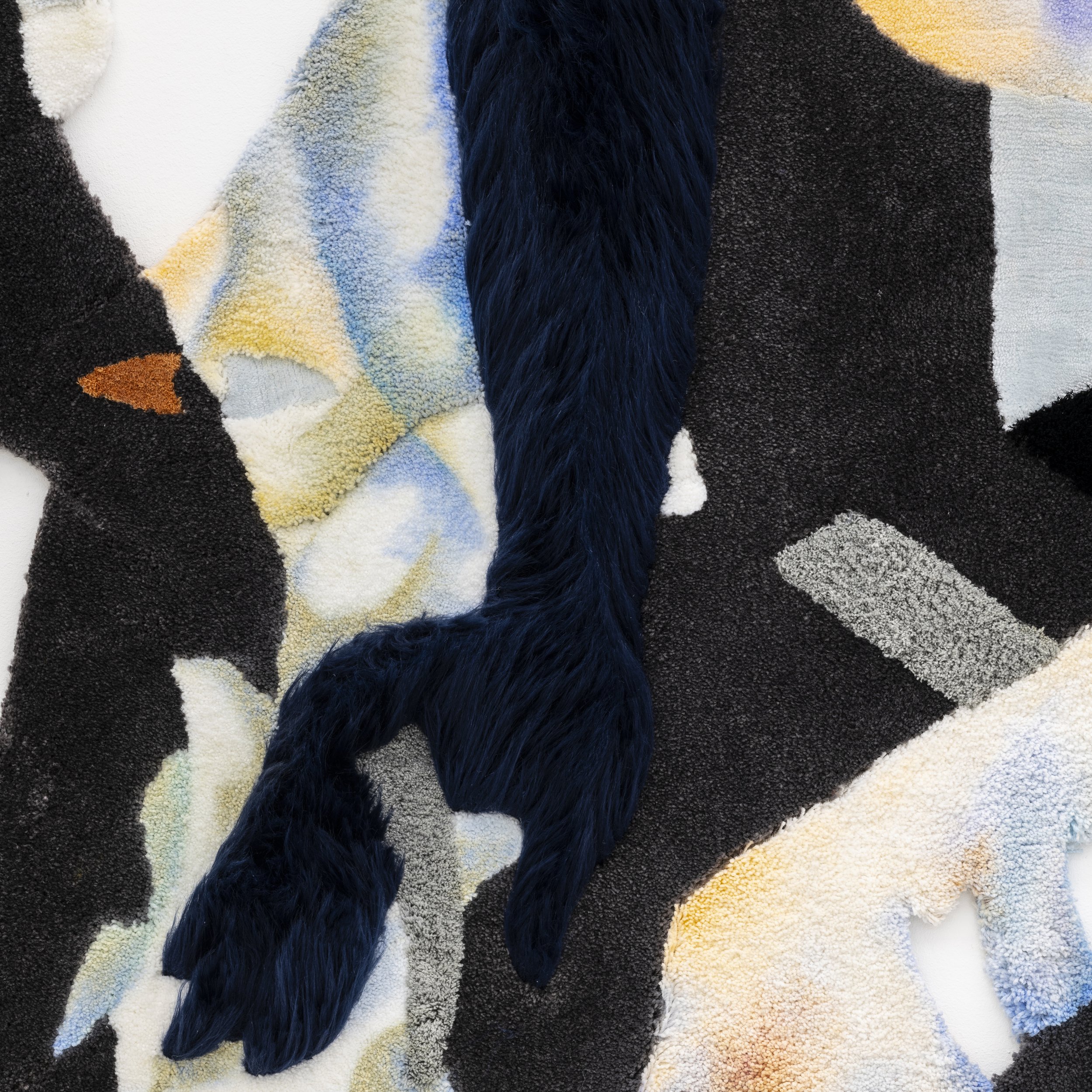
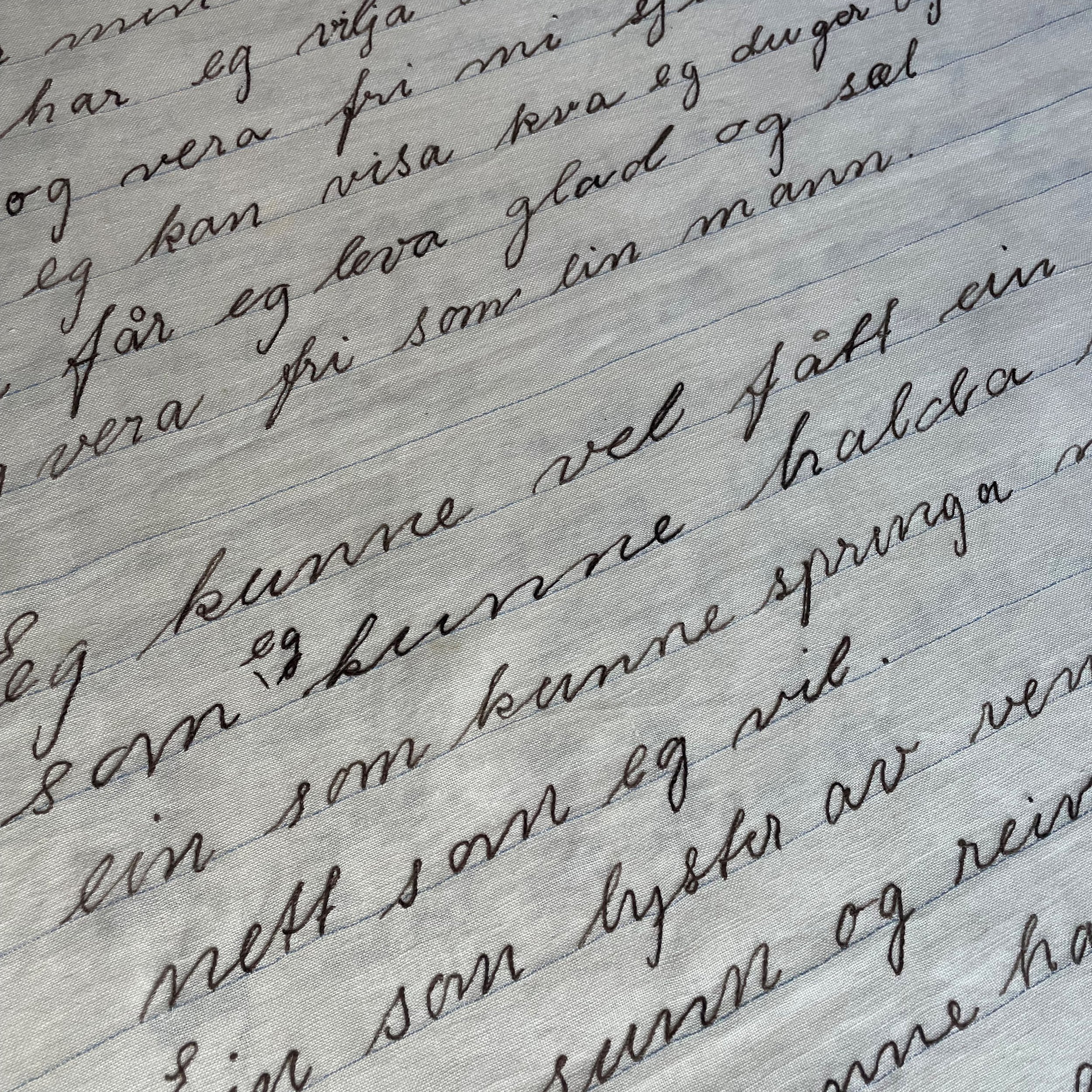
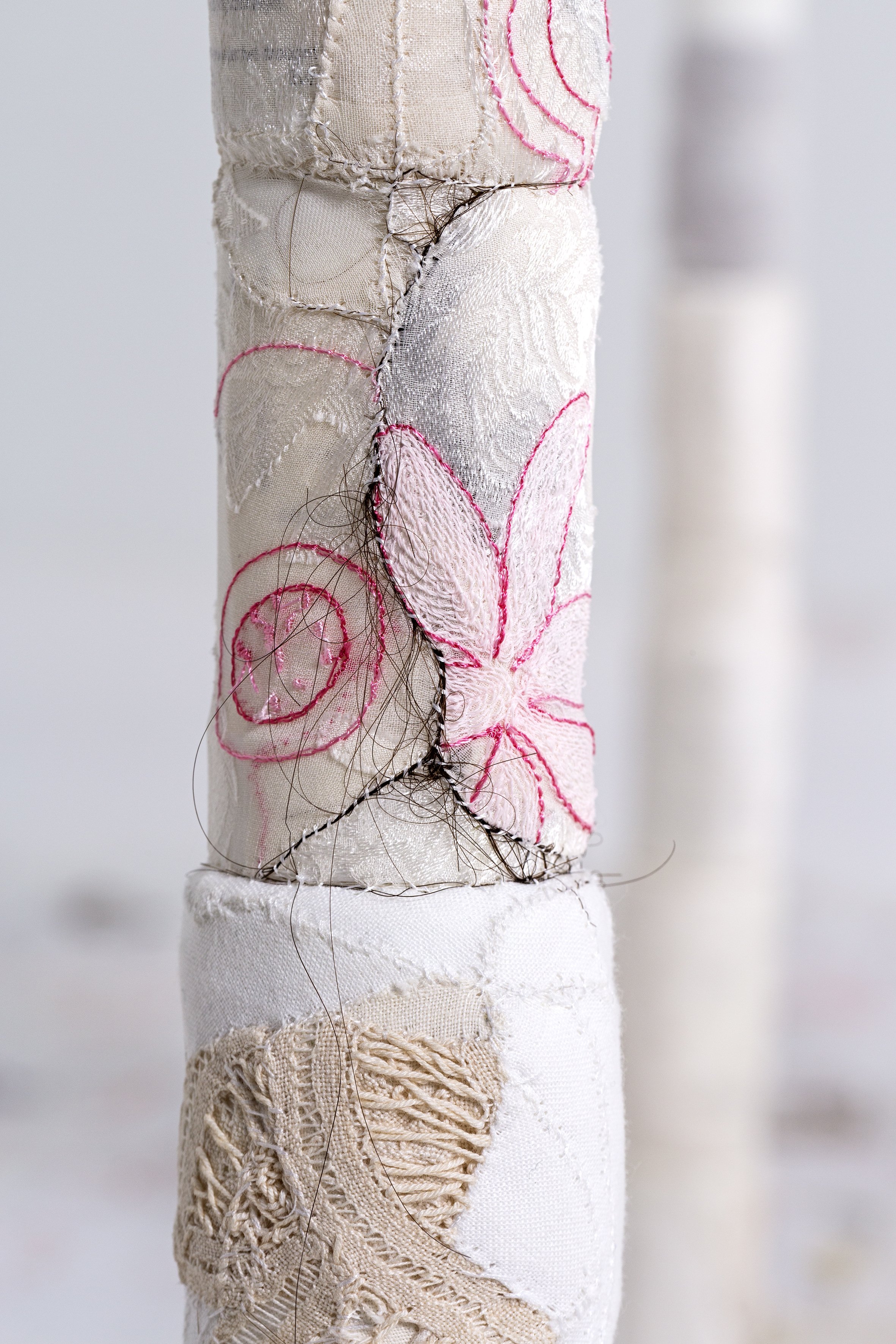
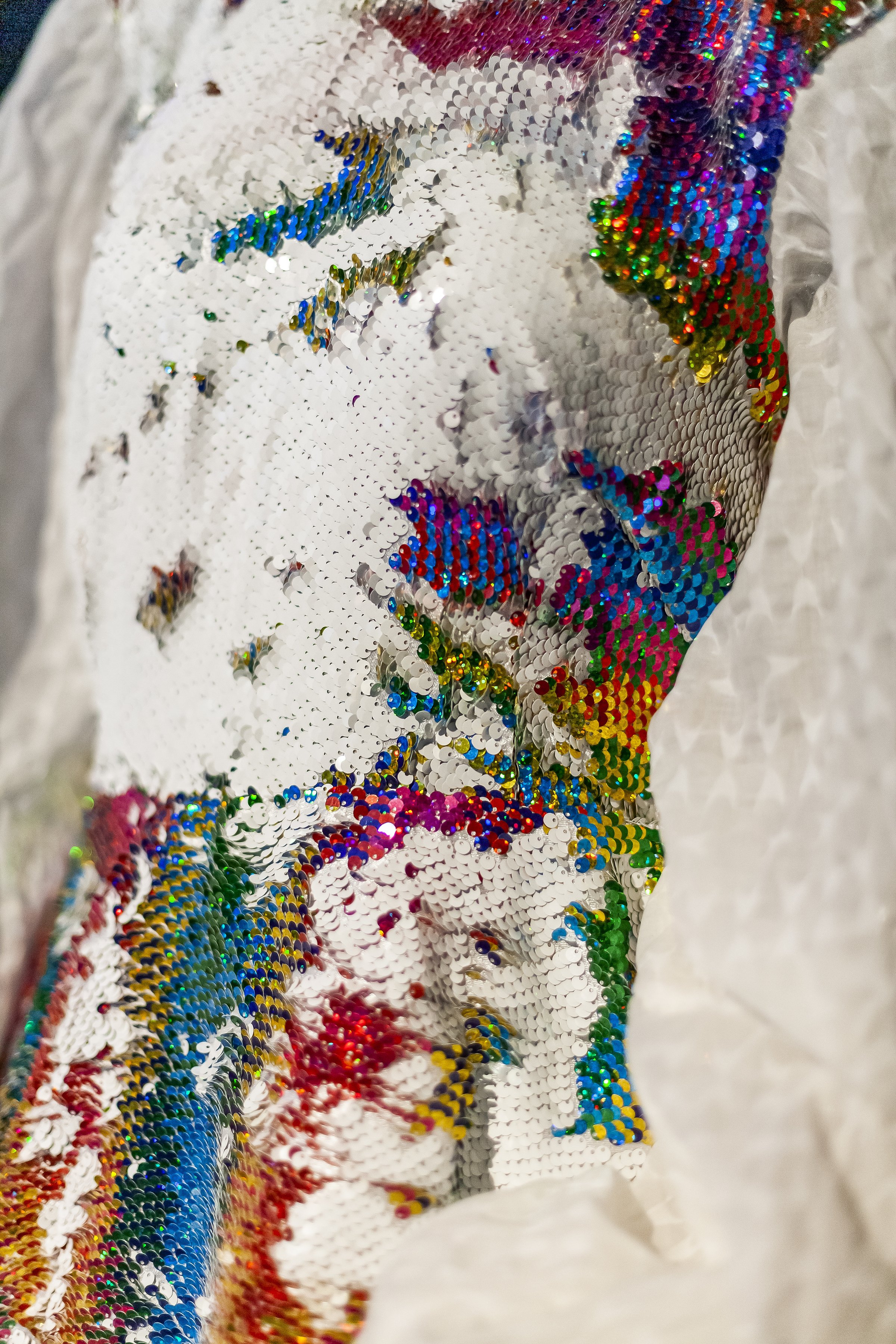
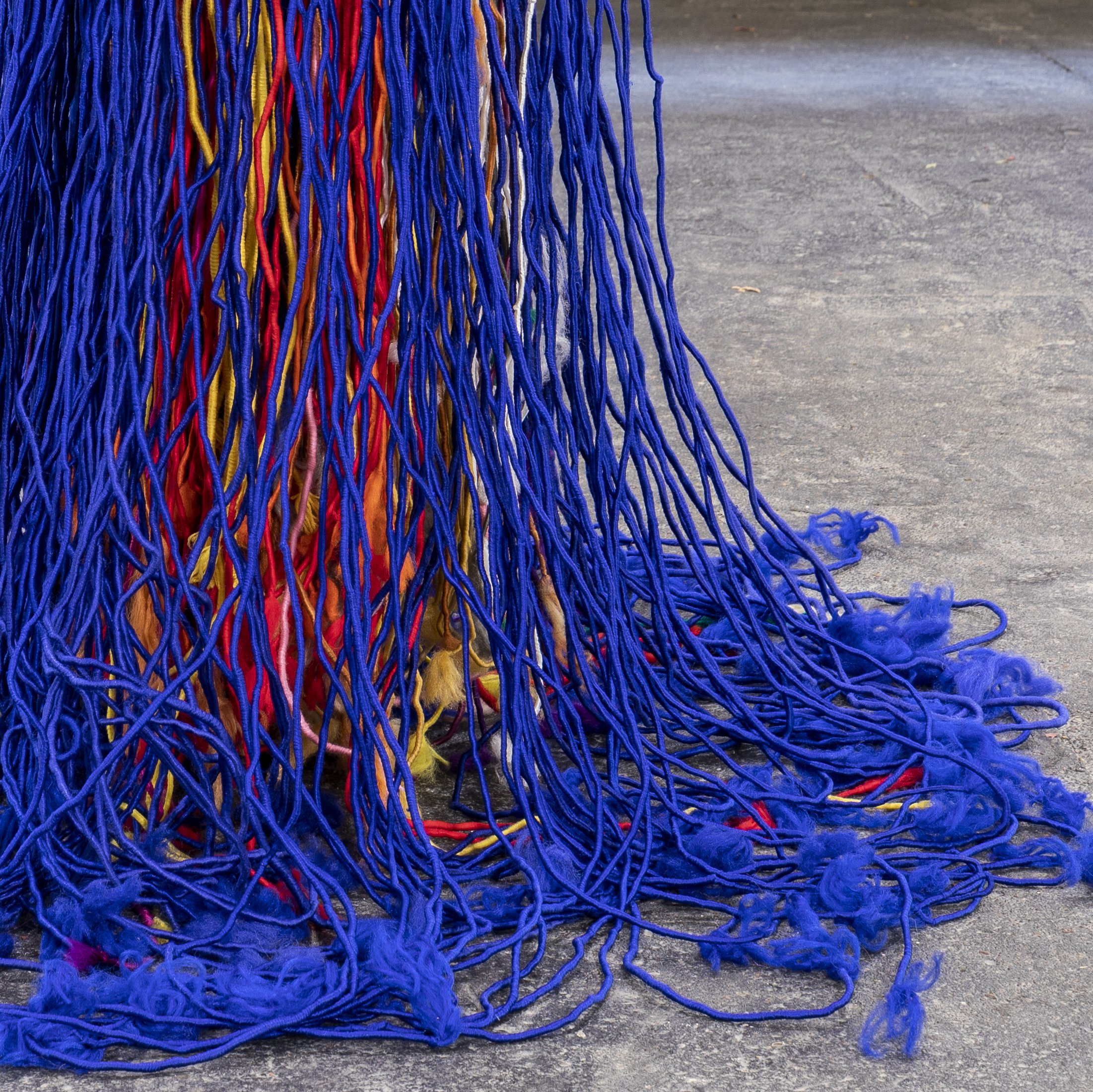
![[Square]Complexing Body‐ Woman holding white mink at Fruit Stand detail 96dpi .jpg](https://images.squarespace-cdn.com/content/v1/54e7977ce4b0a4e937a50a36/1701855494459-3TIIQ73C80XPP8DR2Z5B/%5BSquare%5DComplexing+Body%E2%80%90+Woman+holding+white+mink+at+Fruit+Stand+detail+96dpi+.jpg)
